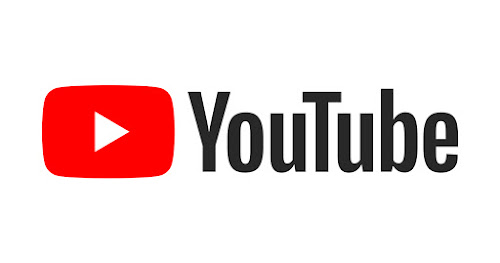

In an effort to uphold content standards, YouTube, under the leadership of its director and global head of responsibility, Timothy Katz, is set to enforce rigorous measures using artificial intelligence (AI). Regardless of its origin, content violating policies will be promptly removed, labeled, or de-amplified on the platform.
Timothy Katz emphasized that YouTube distinguishes between harmless content, like a video questioning the moon landing, and misinformation with real-world consequences, particularly regarding topics such as voting. The platform’s guidelines on misinformation prohibit the posting of manipulated or doctored content that could mislead users and pose a significant risk of harm.
Addressing the rising concern of deepfakes and AI-generated content, YouTube’s India director, Ishan John Chatterjee, highlighted the platform’s commitment to combating fake news and misinformation. Katz acknowledged the impact of generative AI, lowering barriers to content production, and stated that AI serves as a crucial tool in training models for effective content moderation.
To enhance transparency, YouTube now mandates creators to disclose any altered or synthetic content, especially concerning sensitive topics like elections, conflicts, or public health crises. Failure to comply may result in content removal, suspension from the YouTube Partner Programme, and potential revenue loss. Advertisers running election ads must disclose digitally altered or generated material.
YouTube will introduce labels on videos featuring altered or synthetic content, with more prominent labels for sensitive topics. Content generated using YouTube’s generative AI products will be consistently labeled as altered or synthetic, and images from Google or YouTube’s tools will bear metadata labels identifying them as synthetically generated.
Katz likened this labeling approach to Content ID, an automated system used by copyright owners on YouTube. He assured that AI-generated news content and the use of AI anchors, if aligned with guidelines, would not affect recommendations or monetization. Katz and Chatterjee noted a significant rise in news consumption on YouTube Shorts and connected TV in India, particularly during sensitive events like elections. They encourage creators, including independent journalists and various publishers, to contribute responsibly to the platform’s news landscape.